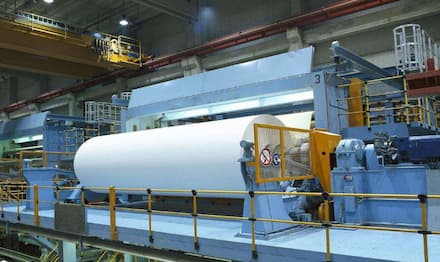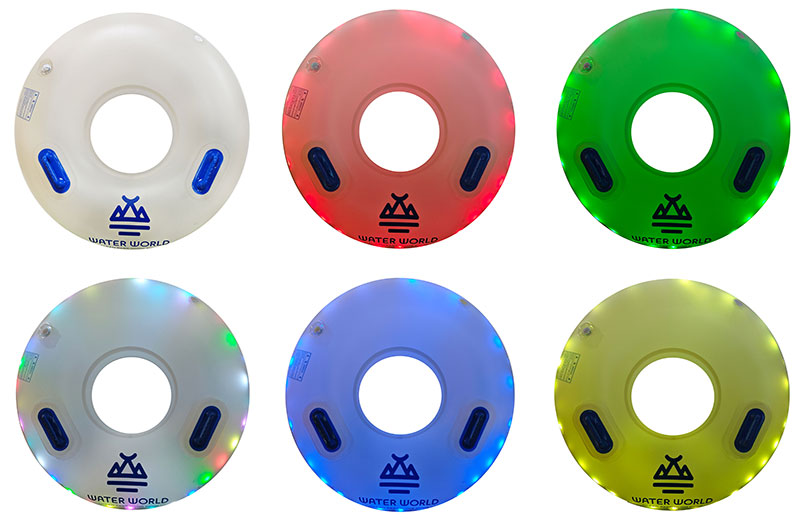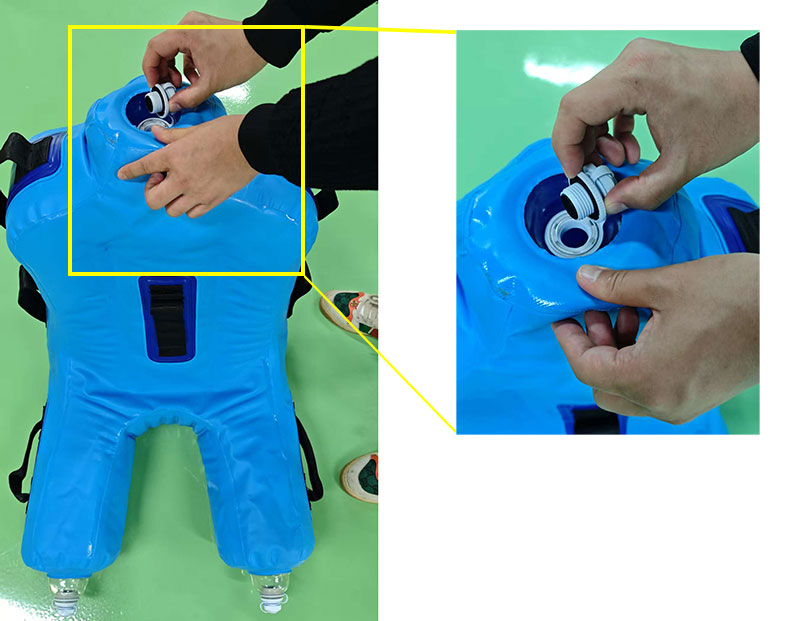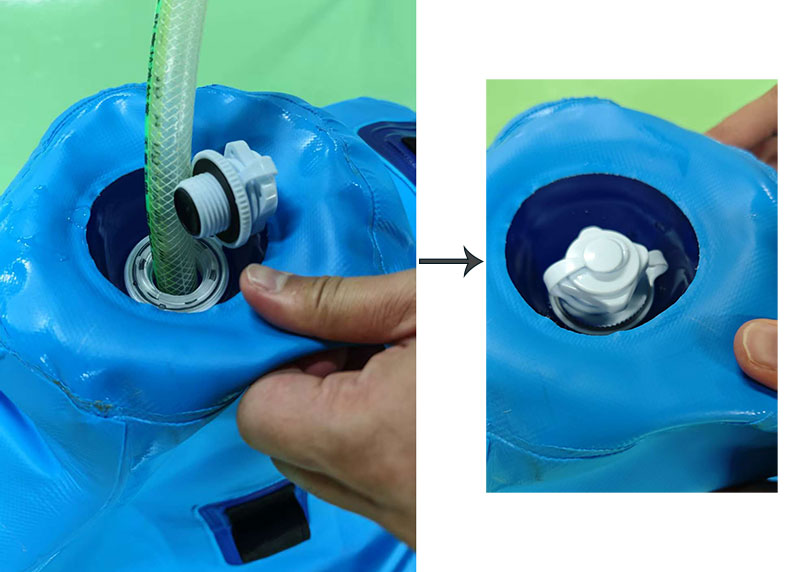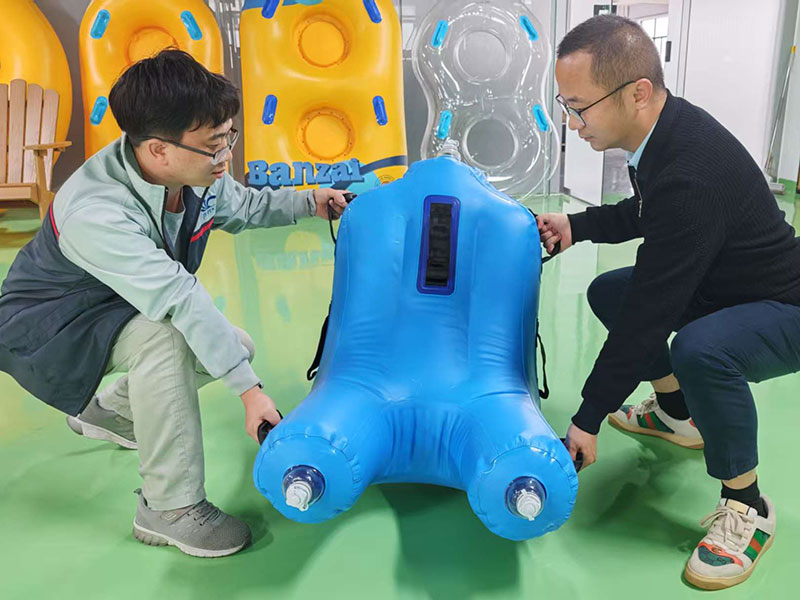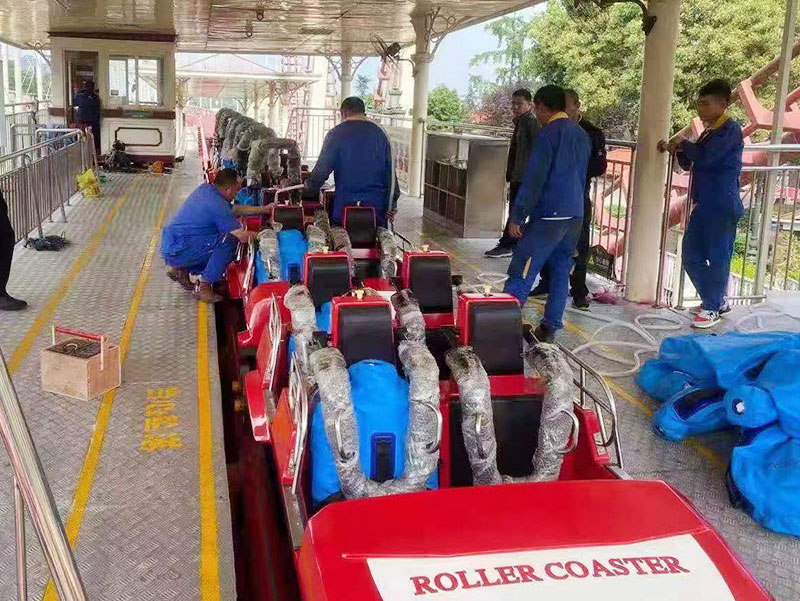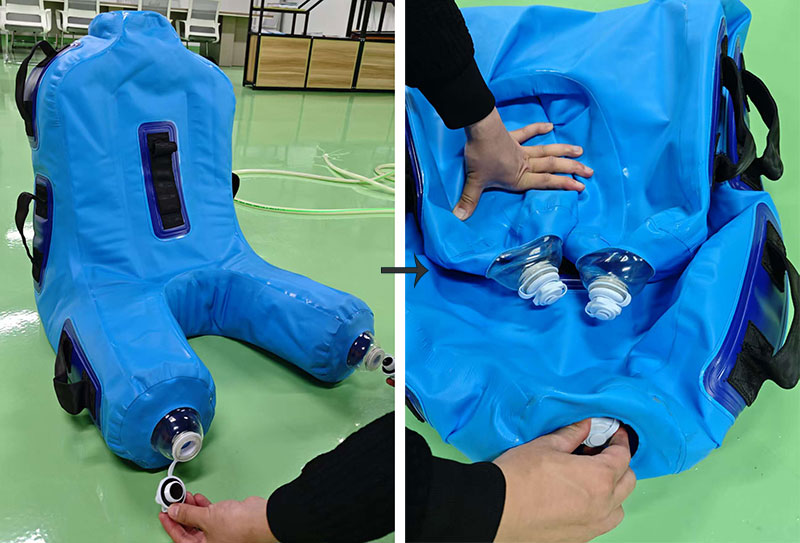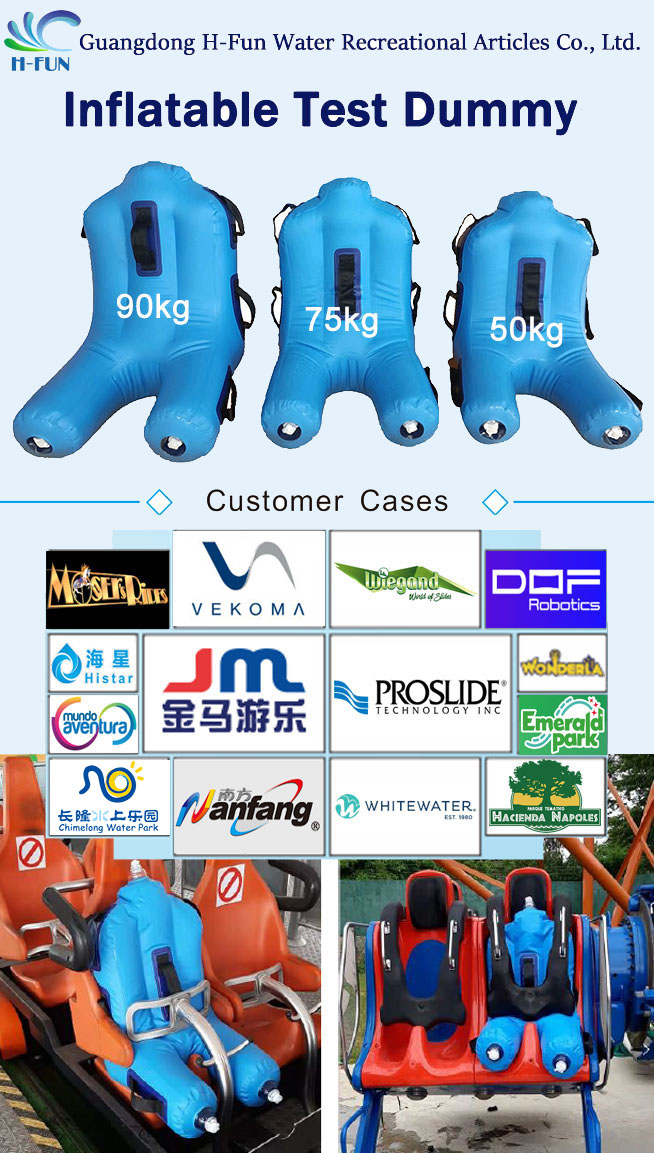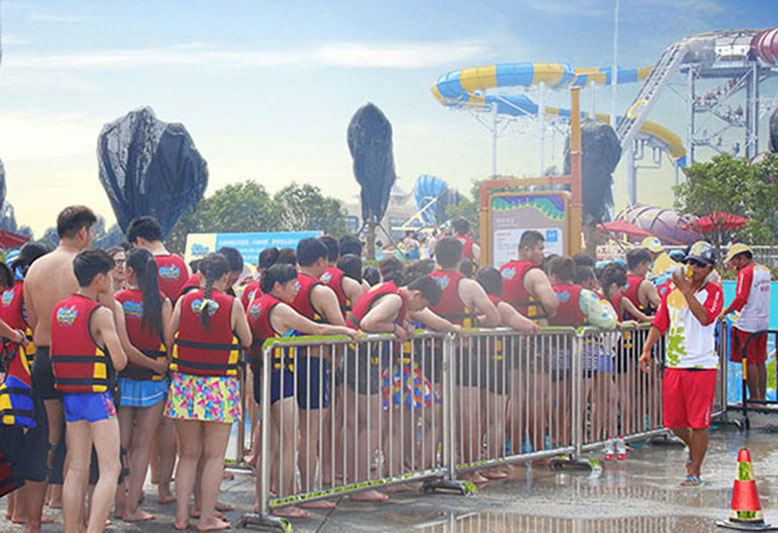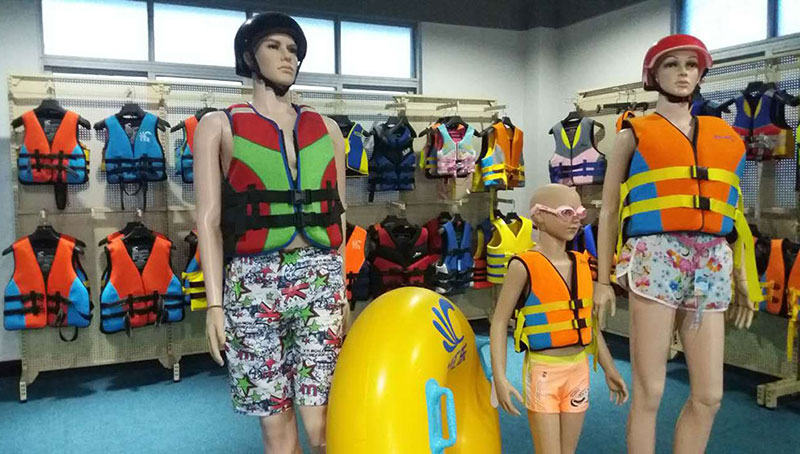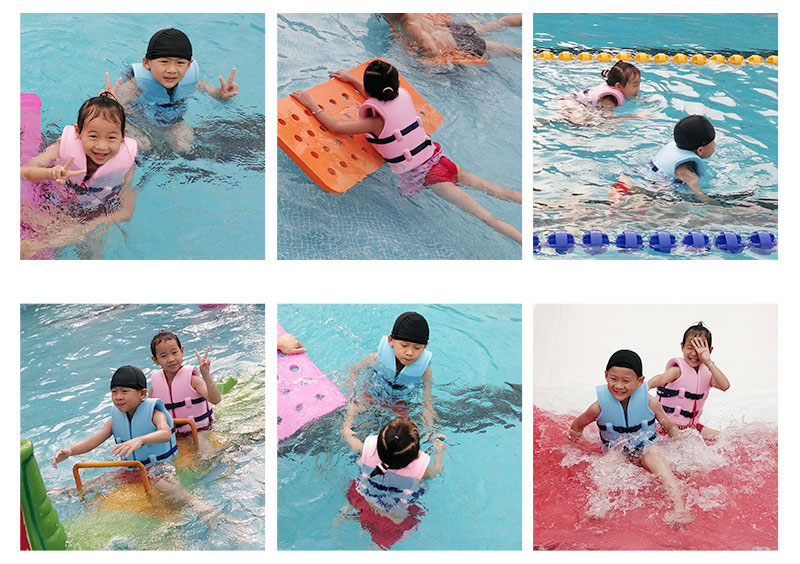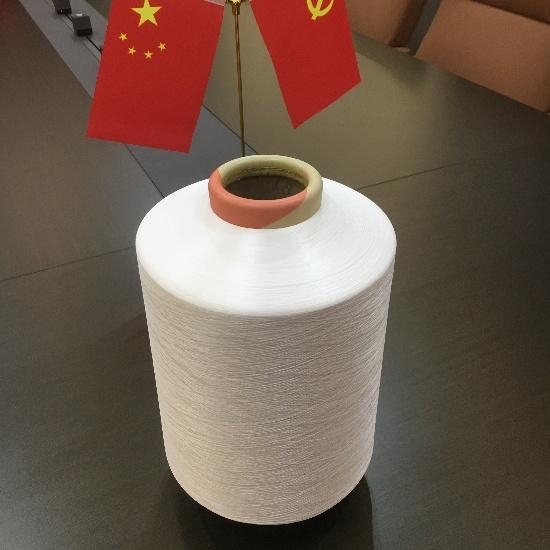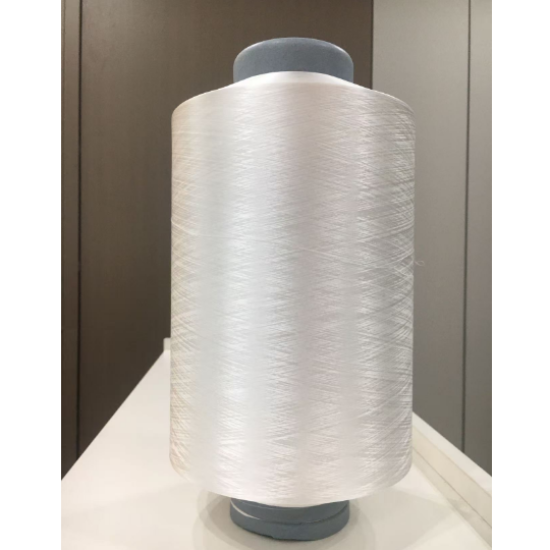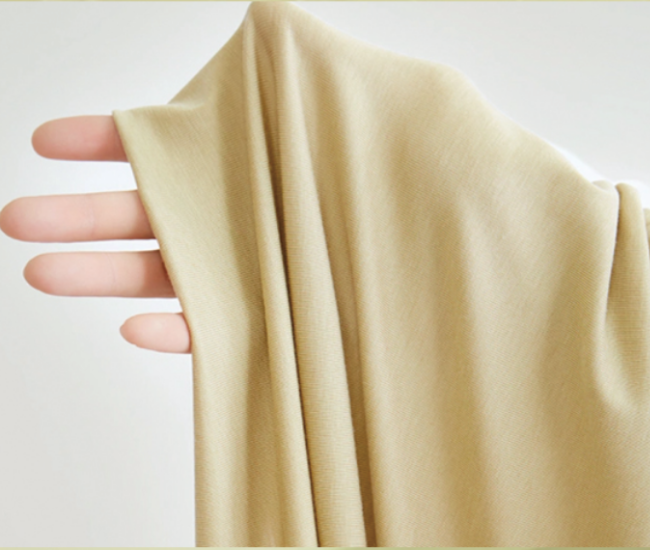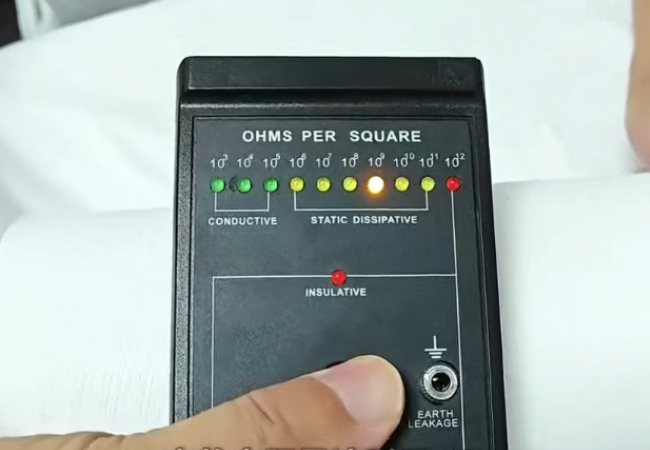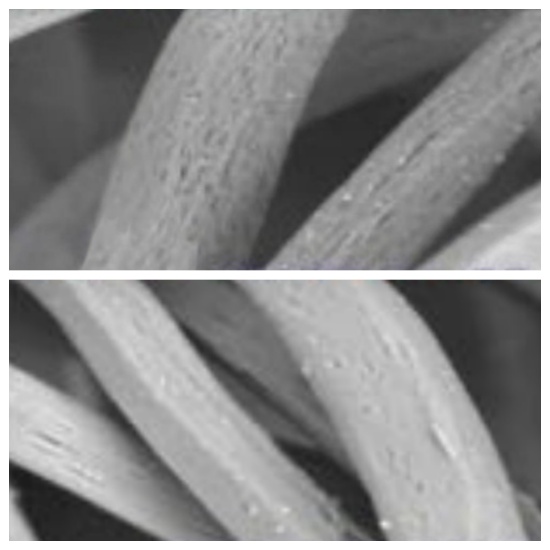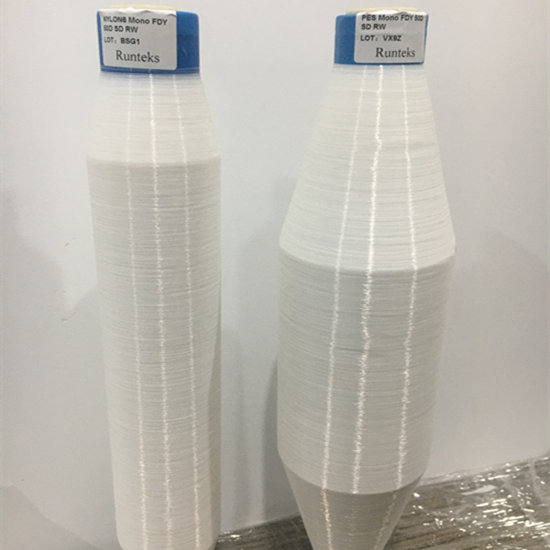Where can buy 5-piece PPF Squeegee gift box set
Where can buy 5-piece PPF Squeegee gift box set?
【5Pcs PPF Squeegee Kits】Include 5Pcs different dimensions PPF film squeegee, extensively applicated in auto color safety film putting in, windows tint tools, vinyl fabric place tool kit, TPU/PPF translucent film installation, auto film sticker label protect tools,windows cleansing tools, windscreen thoroughly clean tool.
【Soft & Easy TPU Squeegee】foshio rubber squeegee is made of flexible TPU fabric and hands grind, much easier to get and used on different surface areas from the automobile, easy to remove atmosphere bubbles.
【MUST-HAVE Scraper for PPF/Tinting/Vinyl】The flexible mini squeegee can be used a car film sticker label protect install tools, automobile automobile safety installation squeegees, wallpapers wrapping tools. Distinct forms of PPF mini squeegee may be used in several regions, very easily and conveniently comprehensive your projects.
【Househlod Squeegee for Cleaning】This small squeegee with great benefit TPU can make it better next to the area and easy to remove drinking water spot. Great for windscreen cleansing, windows/glass/vanity mirror drinking water cleansing, family cleansing.
【Lightweight & Very easy to Use】This windows tint squeegee kit includes 5pcs gentle rubber PPF squeegee in a different dimensions to satisfy various makes use of in multi areas. Lightweight dimensions and light-weight pinkish squeegee, easy to retailer and have.
